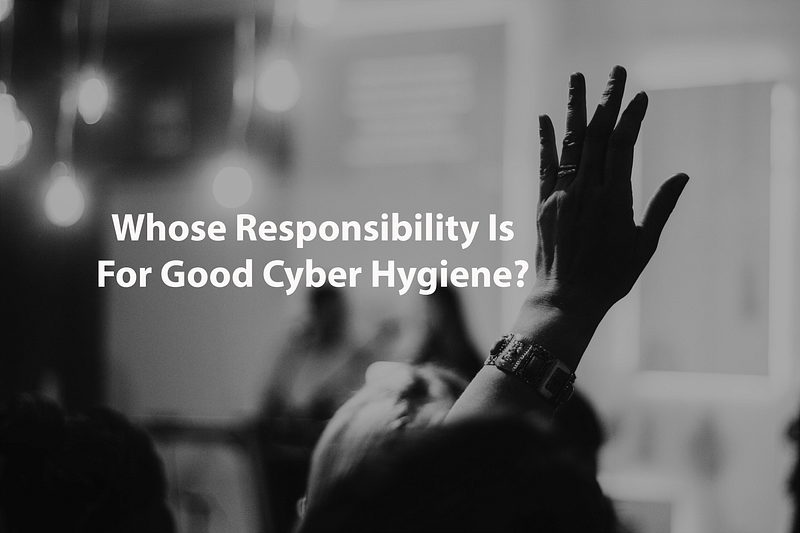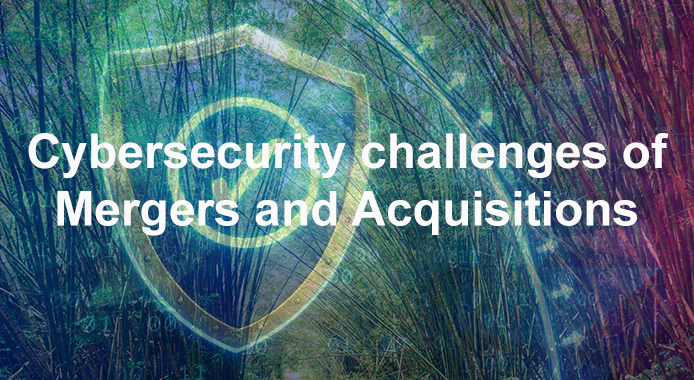It was just over thirty years when Tim Berners-Lee’s research at CERN, Switzerland, resulted in World Wide Web, which we also Know as the Internet today. Who would have thought, including Tim, that the Internet will become such a thing as today? This network of networks impacts every aspect of life on Earth and beyond. People are never connected ever before. The Internet has given way for new business models and helped traditional businesses find new and innovative ways to market their products.
Unfortunately, like everything else, we have evil forces on the Internet who are trying to take advantage of the vulnerabilities of the technologies for their vested interests. As first-generation users of the Internet, everything for us was new. Whether it was online entertainment or online shopping, we were the first to use it. We grew up with the Internet. We all had been the victims of the Internet or cybercrimes at some point in our lives. This created a whole new industry now called “cybersecurity”, which is seen as the protectors of cybercrimes. However, it has always been a big challenge to fix who is responsible for the security, business or cybersecurity teams.
What is the need to fix responsibility?
Globalisation and more recently, during the pandemic, has increased the number of people working remotely. It has become an ever-increasing headache for companies. As a result, the number of security incidents has increased manifolds, including the cost per incident. The cost of cyber incidents is increasing year on year basis.
According to IBM’s Cost of a Data Breach 2021 report, the average cost of a security breach costs businesses upward of $4.2 million.
Governments mandate cybersecurity compliance requirements, non-compliance of which attract massive penalties in some jurisdictions. For example, non-compliance with Europe’s General Data Protection Rule (GDPR) may see companies be fined up to €20 million or 4 per cent of their annual global turnover.
Companies that traditionally viewed security as a cost centre are now viewing it differently due to the losses they incur because of the breaches and penalties. We have seen a change in the attitude of these organisations due to the above reasons. Today, companies see security as everyone’s responsibility instead of an IT problem.
Cyber-hygiene: Challenges and repercussions of a bad one.
Cyber hygiene, like personal hygiene, is the set of practices that organisations deploy to ensure the security of the data and networks. Maintaining basic cyber-hygiene is the difference between being breached or quickly recovering from the one without a massive impact on the business.
Cyber hygiene increases the opportunity cost of the attack for the cybercriminals by reducing vulnerabilities in the environment. By practising cyber hygiene, organisations improve their security posture. They can become more efficient to defend themselves against persistent devastating cyberattacks. Good cyber-hygiene is already being incentivised by reducing the likelihood of getting hacked or penalised by fines, legal costs, and reduced customer confidence.
The biggest challenge in implementing a good cyber hygiene practice requires knowing what we need to protect. Having a good asset inventory is a first to start. In a hybrid working environment having clear visibility of your assets is important. You can’t protect something you don’t know. Therefore, it is imperative to know where your information assets are located on your network and who is using them. It is also very important to know where the data is located and who can access it.
Another significant challenge is to maintain discipline and continuity over a long period. Scanning your network occasionally will not help stop unrelenting cyberattacks. Therefore, automated monitoring must be implemented to continuously detect and remediate threats, which requires investment in technical resources that many businesses don’t have.
Due to the above challenges, we often see poor cyber hygiene resulting in security vulnerabilities and potential attack vectors. Following are some of the vulnerabilities due to poor hygiene:
- Unclassified Data: Inadequate data classification result in misplaced data and, therefore, stored in places that may not be adequately protected.
- Data Loss: Poor and inadequate data classification may result in data loss due to a lack of adequate protection controls. Data may not be recovered because of a data breach, hardware failure, or improper data handling if it is not regularly backed up and tested for corruption.
- Software vulnerabilities: All software contains software vulnerabilities. Developers release patches regularly to fix these vulnerabilities. A lack of or poor patch management process will leave software vulnerable, which hackers can potentially exploit to gain access to the network and data.
- Poor endpoint protection: According to AV-TEST Institute, they register over 450,000 new malicious applications (malware) and potentially unwanted applications in the wild every day. Due to the inadequate endpoint protection cyber hygiene practices, including malware protection tools, hackers can use a wide range of hacking tools and techniques to get inside your network to breach the company’s environment stealing data.
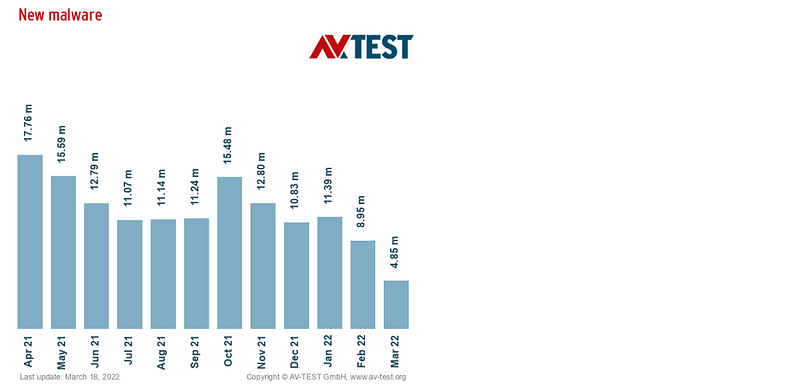
- Inadequate vendor risk management: With ever-increasing supply chain attacks, comprehensive vendor risk management must be implemented considering the potential security risks posed by third-party vendors and service providers, especially those with access to and processing sensitive data. Failure to implement such a process will further expose service disruptions and security breaches.
- Poor compliance: Poor cyber hygiene often results in the non-compliance of various legal and regulatory requirements.
Building Accountability within your cybersecurity organisation
With ever-increasing breaches and their impacts, we shall start considering as an industry and society to motivate organisations to make cybersecurity a way of life. Cyber hygiene must be demanded from the organisations that hold, process, and use your data.
Now that we understand the challenges of having good cyber hygiene, we must also understand what we have been doing to solve these issues. So far, we have tried many ways. Some companies have internally developed controls, and others externally mandated rules and regulations. However, we have failed to address the responsibility and accountability issue. We have failed to balance the business requirements and the rigour required for cybersecurity. For example, governments have made laws and regulations with punitive repercussions without considering how a small organisation will be able to implement controls to comply with these laws and regulations.
There are no simple solutions for this complex problem. Having laws and regulations definitely raises the bar for organisations to maintain a good cybersecurity posture, but this will not keep the hackers out forever. Organisations need to be more proactive in introducing more accountability within their security organisation. Cybersecurity professionals need to take responsibility and accountability in preventing and thwarting a cyberattack. At the same time, business leaders need to understand the problem and bring the right people for the job to start with. Develop and implement the right cybersecurity framework which aligns with your business risks. Making cybersecurity one of the strategic pillars of the business strategy will engrain an organisation’s DNA.
There are many ways we can start this journey. To start with, organisations will need glue, a cybersecurity framework. Embracing frameworks like the National Institute of Standards and Technology (NIST) Cyber Security Framework (CSF)
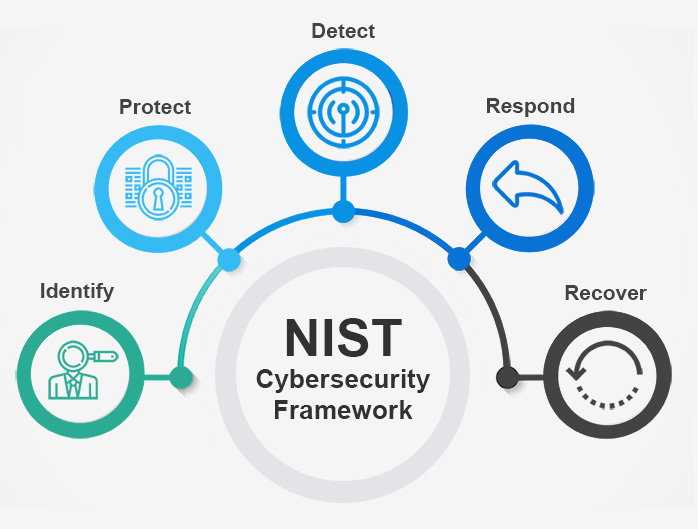
NIST-CSF is a great way to start baselining your cybersecurity functions. It provides a structured roadmap and guidelines to achieve good cyber hygiene. In addition, CSF provides guidance on things like patching, identity & access management, least-privilege principles etc., which can help protect your organisation. If and when you get the basics along with automation, your organisation will have more time to focus on critical functions. In addition, setting up the basic-hygiene processes will improve user experience, predictable network behaviour and therefore fewer service tickets.
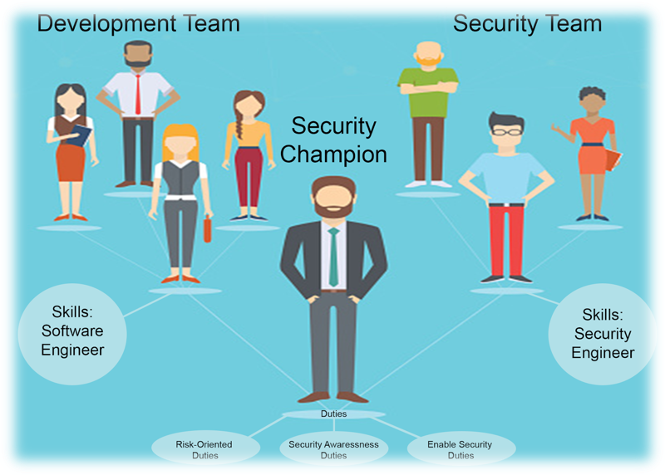
Research has shown that the best security outcomes are directly proportional to employee engagement. Organisations may identify “Security Champions” within the business who can evangelise security practices in their respective teams. The security champions can act as a force multiplier while setting up accountabilities. They can act as your change agents by identifying issues quickly and driving the implementation of the solutions.
Conclusion
There is no good time to start. However, the sooner you start addressing and optimising your approach to cyber-hygiene and cybersecurity, the faster you will achieve assurance against cyberattacks. This will bring peace of mind knowing the controls are working and are doing what they are supposed to. You will not be scrambling during a breach to find solutions to the problem but ready to respond to any eventuality.
Besides poor cyber hygiene, if your organisation has managed to avoid any serious breach, it is just a matter of time before your luck will run out.

